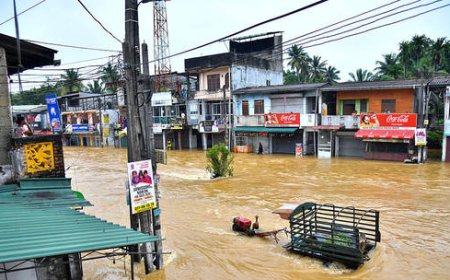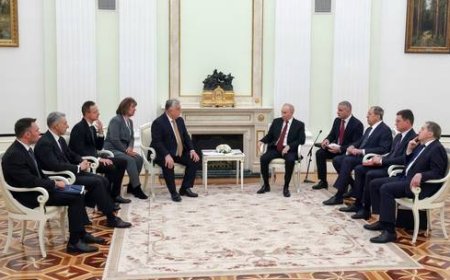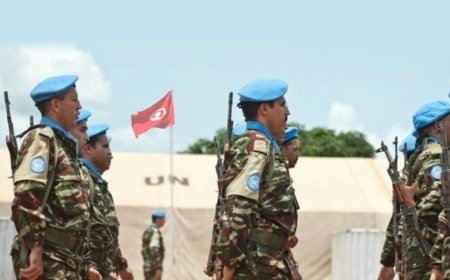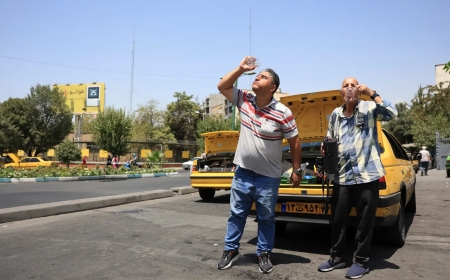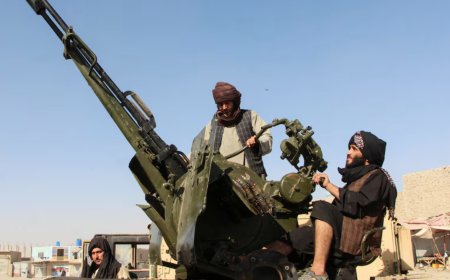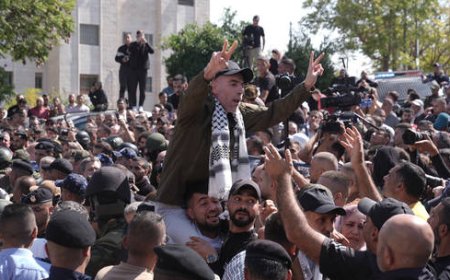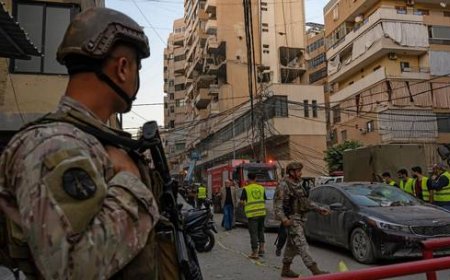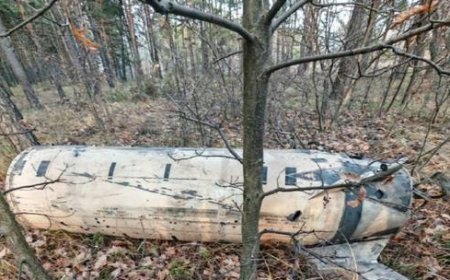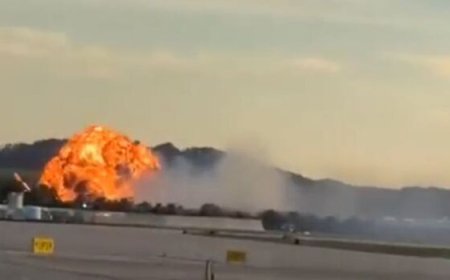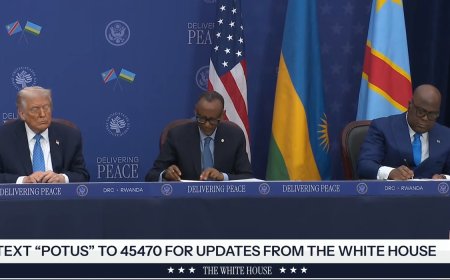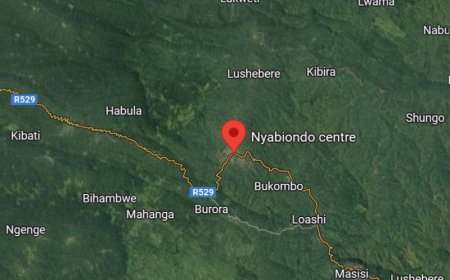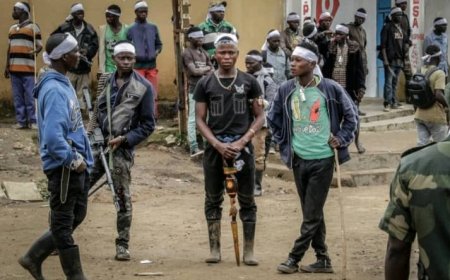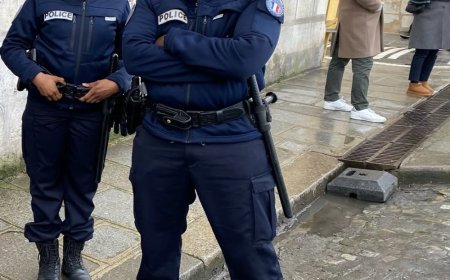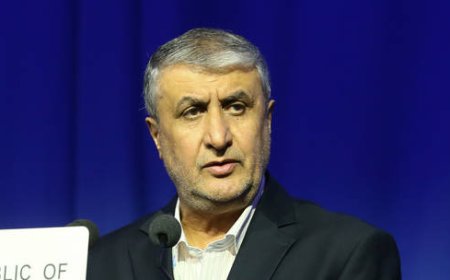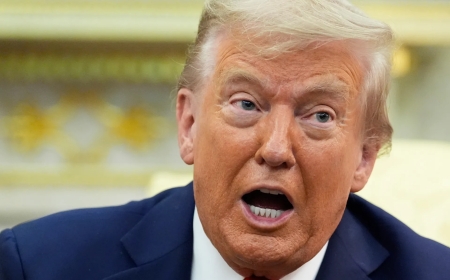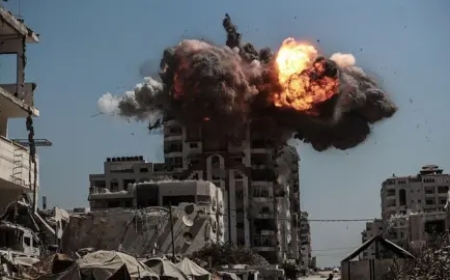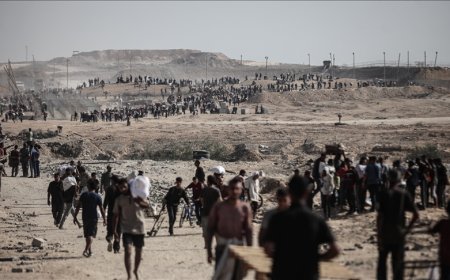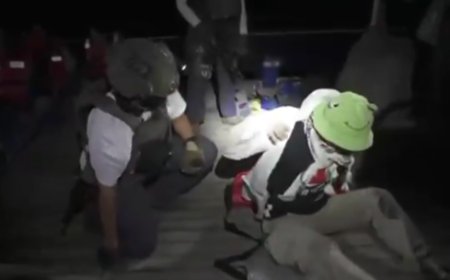B-2 stealth bombers dropped six bunker buster bombs on the Fordo facility

The US military struck three sites in Iran early Sunday, inserting itself into Israel ‘s war aimed at destroying the country’s nuclear program in a risky gambit to weaken a longtime foe amid Tehran’s threat of reprisals that could spark a wider regional conflict.
President Donald Trump said Iran’s key nuclear sites were “completely and fully obliterated,” and he warned Iran against carrying out retaliatory attacks, saying the US could hit more targets “with precision, speed and skill.”
“There will either be peace or there will be tragedy for Iran, far greater than we have witnessed over the last eight days,” Trump said in an address to the nation from the White House.
The Atomic Energy Organization of Iran confirmed that attacks took place on its Fordow, Isfahan and Natanz sites, but it insisted that its work will not be stopped.
The decision to directly involve the US in the war comes after more than a week of strikes by Israel on Iran that aimed to systematically eradicate the country’s air defenses and offensive missile capabilities, while damaging its nuclear enrichment facilities.
“We have completed our very successful attack on the three Nuclear sites in Iran, including Fordow, Natanz, and Esfahan,” Trump said in a post on social media. “All planes are now outside of Iran air space. A full payload of BOMBS was dropped on the primary site, Fordow. All planes are safely on their way home.”
The B-2 can carry two 15-ton bunker-buster bombs—which only the U.S. possesses. Experts say the bombs could be critical to targeting Iran’s most heavily fortified nuclear site: Fordow.
Mark Dubowitz, CEO of the Foundation for Defense of Democracies, told Fox News Digital that "destroying [Fordow] from the air is a job only the U.S. can do."
According to Jonathan Ruhe, Director of Foreign Policy for JINSA, the bunker-busters are designed to use the force of gravity to "penetrate through any mixture of earth, rock, and concrete before the bomb itself then explodes" underground. The explosion that ensues could take out the target fully or "collapse the structure" around the target "without necessarily obliterating it," he explained
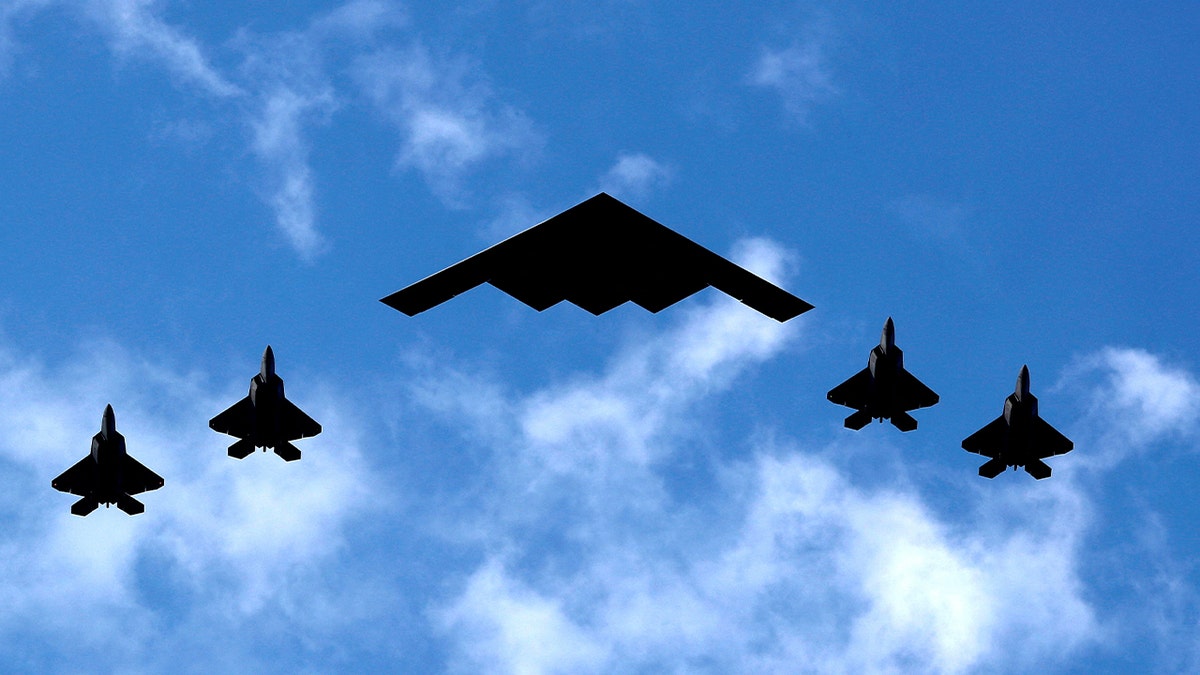
U.S. Air Force B-2 Spirit Stealth Bomber (C) is flanked by 4 U.S. Marine Corps F-35 fighters during a flyover of military aircraft down the Hudson River and New York Harbor past York City, and New Jersey, on July 4, 2020. (REUTERS/Mike Segar)
President Donald Trump, who has said he will make a decision on U.S. involvement in the Israel-Iran conflict, is expected to return to the White House on Saturday afternoon. The president is expected to receive intelligence briefings with the National Security Council on Saturday and Sunday as he considers possible actions against Iran.
Recently, the president appeared to publicly disagree with Director of National Intelligence Tulsi Gabbard, stating she was "wrong" when she testified in March that there is "no evidence" Iran is building a nuclear weapon. Gabbard later responded to the apparent controversy, saying that "the dishonest media is intentionally taking my testimony out of context and spreading fake news as a way to manufacture division."
"America has intelligence that Iran is at the point that it can produce a nuclear weapon within weeks to months, if they decide to finalize the assembly. President Trump has been clear that can’t happen, and I agree," Gabbard added in her post on X.
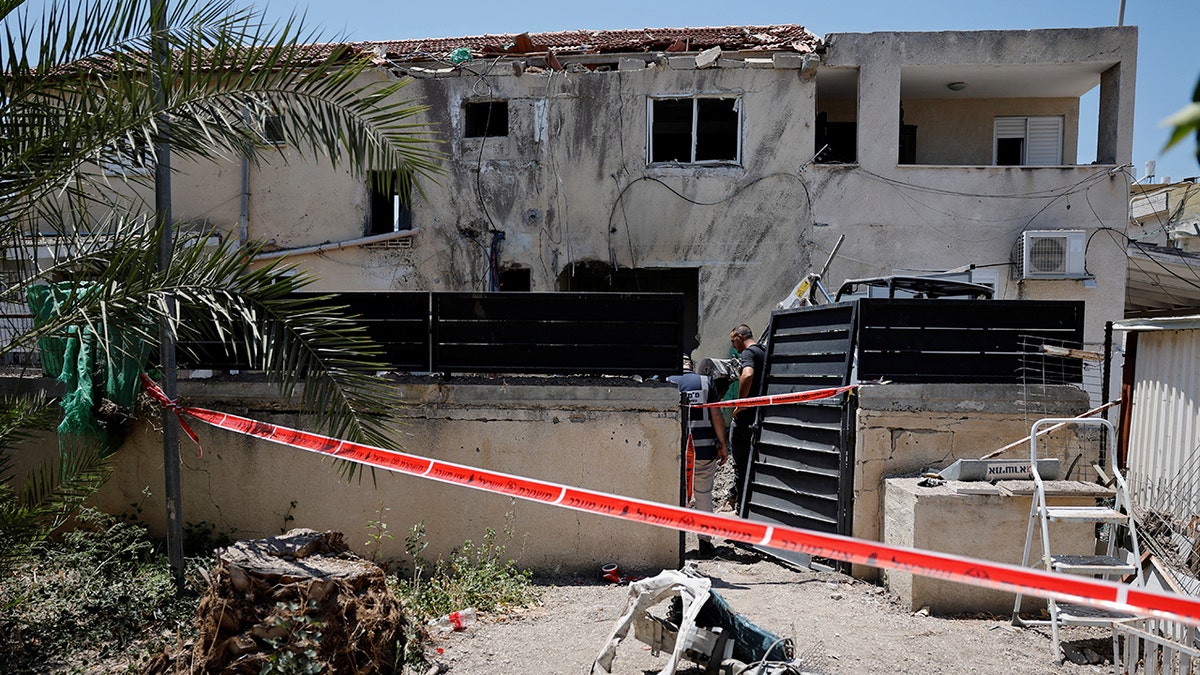
Barricade tape secures the site, where crews work, around a building that was damaged in a drone attack by Iran on Israel, amid the Iran-Israel conflict, in Beit Shean, in the Jordan valley, June 21, 2025. (REUTERS/Ammar Awad)

